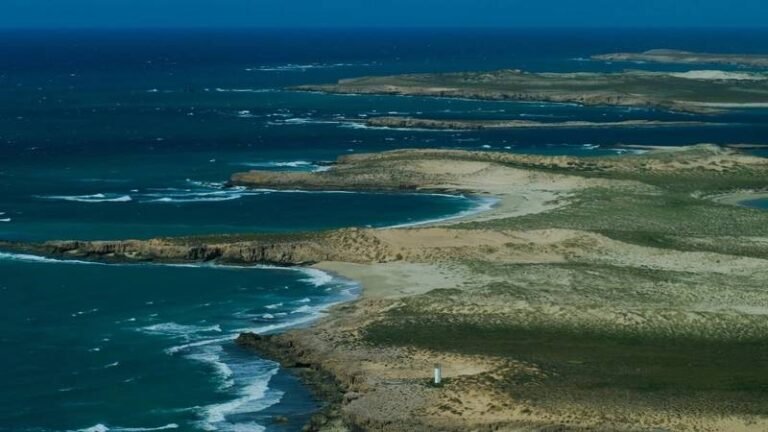Australian Researchers Confirm High Levels of Plutonium Contamination at Montebello Islands
Researchers from Edith Cowan University (ECU) in Australia have confirmed plutonium levels in sediment up to 4,500 times greater than the Western Australian coastline. This alarming discovery sheds light on the long-lasting effects of nuclear weapons testing in the region.
Nuclear Weapons Testing and Contamination
Three plutonium-based nuclear weapons tests were conducted at the Montebello Islands in the 1950s, introducing radioactive contamination to the surrounding environment. The tests, known as Operation Hurricane, Mosaic G1, and Mosaic G2, released radioactive isotopes including plutonium, strontium (90Sr), and caesium (137Cs) into the marine environment.
Lead author Madison Williams-Hoffman, a PhD student at ECU, explains, “Plutonium is anthropogenic, meaning it doesn’t exist naturally. It is introduced into the environment through nuclear weapons detonations and other nuclear activities. When released into the marine environment, plutonium can accumulate in the seabed and be transported long distances by ocean currents.”
Environmental Impact and Conservation
The Montebello Islands, located within the Montebello Islands Marine Park, are ecologically significant due to their diverse marine life. The contamination poses a threat to the delicate ecosystem of the region, which is home to numerous species of fish, mammals, birds, and other wildlife.
While the area is not inhabited by humans, it is visited by fishing boats, highlighting the importance of monitoring and assessing the levels of contamination in the marine environment. The concentrations of plutonium at the Montebello Islands were found to be significantly higher than those along the Western Australian coastline.
Health Risks and Research Findings
Plutonium is an alpha emitter, making it dangerous when ingested or inhaled. Despite the high levels of contamination at the Montebello Islands, the concentrations of plutonium found in sediment were similar to those at test sites in the Republic of Marshall Islands, where nuclear testing with 700-fold higher detonation yields had taken place.
The research, conducted by Williams-Hoffman under the supervision of Prof. Pere Masqueand at ECU and Dr. Mathew Johansen at ANTSO, highlights the importance of ongoing monitoring and conservation efforts at the Montebello Islands to protect the marine environment and its inhabitants.

